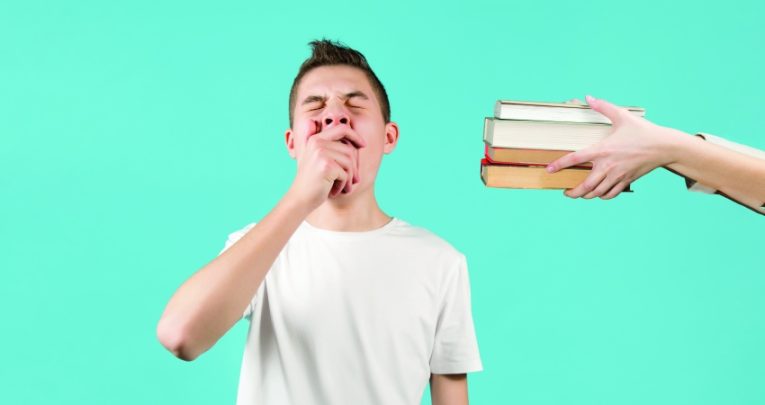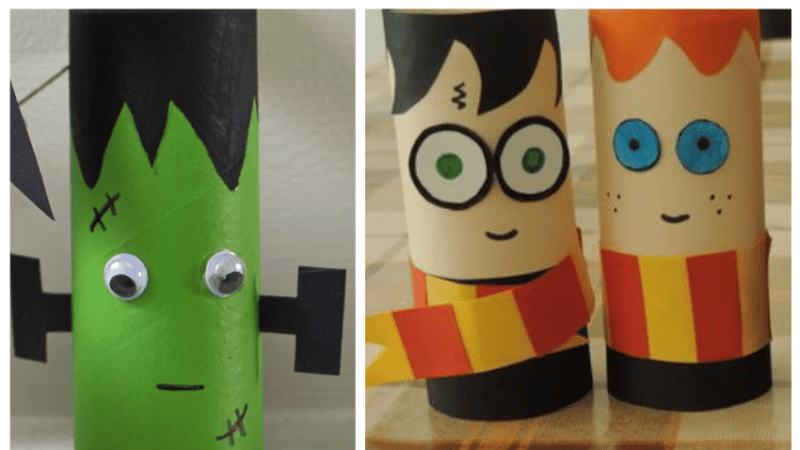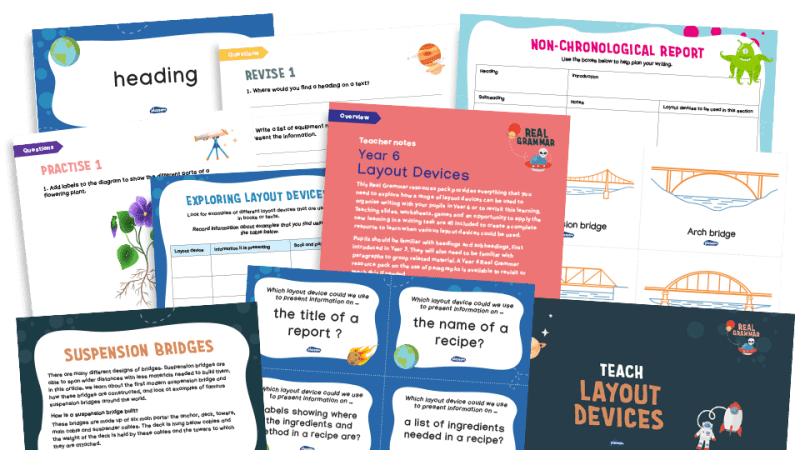Reading for pleasure – Let students have agency and see that you enjoy books too

If we want students to read of their own volition, we should respect their agency, understand their preferences and share our own enjoyment of reading, says Hannah Grace….

- by Hannah Grace

The reading offer that students have in secondary school has become my passion.
It’s an area that’s relatively under-researched, with conflicting evidence over what does and doesn’t work at secondary level to keep students reading – but what we do know is that there tends to be a massive drop-off in terms of students’ volitional reading when they transition over from primary school.
I currently work at a large secondary school in the West Midlands, where I’m the KS3 English lead. As well as having responsibility for the KS3 curriculum, part of my role involves managing and working with the librarian in our school library.
In recent years, I’ve also worked with Professor Theresa Cremin, co-director of the Open University’s Centre for Literacy and Social Justice, and her team on the activities they do around reading for pleasure. As part of that, I run a teacher reading group – part of a network of groups across the country that meet six times a year to examine the reading for pleasure pedagogy shared on the OU website, implementing that in classrooms and then reflecting on what does and doesn’t seem to work.
Social reading environments
Over the past several years I’ve done a lot of work around our school’s reading lessons – moving them away from being enforced periods of silence, to having them become social reading environments.
Giving children opportunities to read a wider range of literature is a huge part of what I now do in reading lessons. That can involve talking to the students about what they’ve been reading, as well as recommending books to them.
One of biggest changes for me, in terms of my approach to encouraging reading for pleasure, is that I simply read lots of children’s literature now so that I can share recommendations – be it in a formal classroom setting or through informal conversations I have with students in different parts of the school.
We’ve always set aside a certain amount of lesson time for ‘protected reading’, but another major change I’ve made is that students don’t have to read a novel during these periods. They can read graphic novels, magazines, books brought in from home, or even talk to each other about what they’ve been reading.
The foundation of my current practice is that ‘reading lessons’ don’t necessarily have to involve 30 children sitting silently reading novels I’ve prescribed for them, or which they’ve had to choose from a list. It’s an approach based far more around preserving their agency, which is tied into research that suggests this is how a long term love of reading can be fostered.
Levels of risk
So far, there haven’t been many objections in the sense that I’m doing is unacceptable. There have been many changes in English teaching in recent years, not least in terms of our understanding of ‘the canon’, though that’s a whole other conversation.
Admittedly, it’s an approach that can be very difficult for staff unless they possess a working knowledge of contemporary children’s literature – but I’d maintain that you can’t just give kids books and expect them to be read unless you’ve shown that you’re invested in the books yourself. There’s a lot to be said for showing students that you’ve been reading those books, researching what’s out, sourcing titles from a diverse range of authors and thinking seriously about the kind of books students might like to read.
It’s a long term, highly personalised process, since what works for one group of students might not work for another. Some classes ultimately need more structure in their reading lessons – maybe reading a KS3-oriented picture book together under the visualiser and talking about it, which is something we do a lot of as a way of easing students into shared reading experiences. Conversely, voracious readers will already possess quite a lot of self-direction.
Yes, it’s an approach that entails some level of ‘risk’. With some classes, the classroom environment might initially seem somewhat chaotic with lots of talking – which is why you have to establish with the class early on what your expectations are in order to make it work.
It’s not simply a case of letting students run around the library and do whatever they want; you have to model the behaviour you want to see, and that process takes time. As secondary teachers, we can often worry about whether we’re gathering enough evidence to tell if something is working – particularly in the context of reading.
Reading for pleasure doesn’t necessarily generate much empirical data in itself; it’s more an aspect of engagement, and one that’s difficult to track via any means other than talking to the children.
‘Big up your book’
When meeting with my groups at the start of the year, I’ll share Quentin Blake’s illustration of Daniel Pennac’s ‘Rights of the Reader’. It’s beautiful illustration that I use to get students thinking and talking about our rights as readers, and as a reading class – how can we develop our own reading, while also being respectful of what our peers might want to be doing at the same time.
The lessons themselves then start with the modelling. To take a typical Y8 class, at the start I’ll talk about what I’ve been reading recently, books that I’ve enjoyed, and sometimes books that I haven’t.
The authenticity is important – let them know that it’s okay to start reading a book at the weekend, not feel sure about it and switch to reading something else. They’ll then have a few minutes to talk to their partner about something they’ve read – an activity we sometimes call ‘Big up your book’ – so they can share what they’ve enjoyed.
With some groups, this can be more scaffolded – ‘Share three things with your partner that you enjoyed about the book,’ for example, or having pairs read favourite passages together. If they’re comfortable with doing so, they might then talk to the rest of the class about their book, which can generate positive conversations around what they’d like to read next.
Try it yourself
- If you can, make time for you and your staff to read children’s books and discuss what you’ve been reading. Find out about the latest publications, identify popular authors and offer these as recommendations to your students.
- Get to know your students as readers. What are their experiences of reading? What are their likes and dislikes? Dig deeper into their preferences and try to discover their reading identities.
- Engage with the OU’s Reading for Pleasure website, as my advice is essentially based on their structure of how to motivate young readers.
- Talk to your students about what they read at home. You’ll probably find that they’re reading a great deal, but perhaps not in ways they’d necessarily recognise.
- Also talk to them about the things you like, and what books you do and don’t enjoy reading, as part of a sincere, authentic conversation.
- Keep books everywhere, make them visible and talk about them. If you can demonstrate an honest passion and energy for reading, your students will pick up it.
- Join a teacher reading group, particularly if you’re a secondary teacher, as there’s so much we can learn from what our primary colleagues do in this area.
Hannah Grace (@MissGreads) is a KS3 English lead










